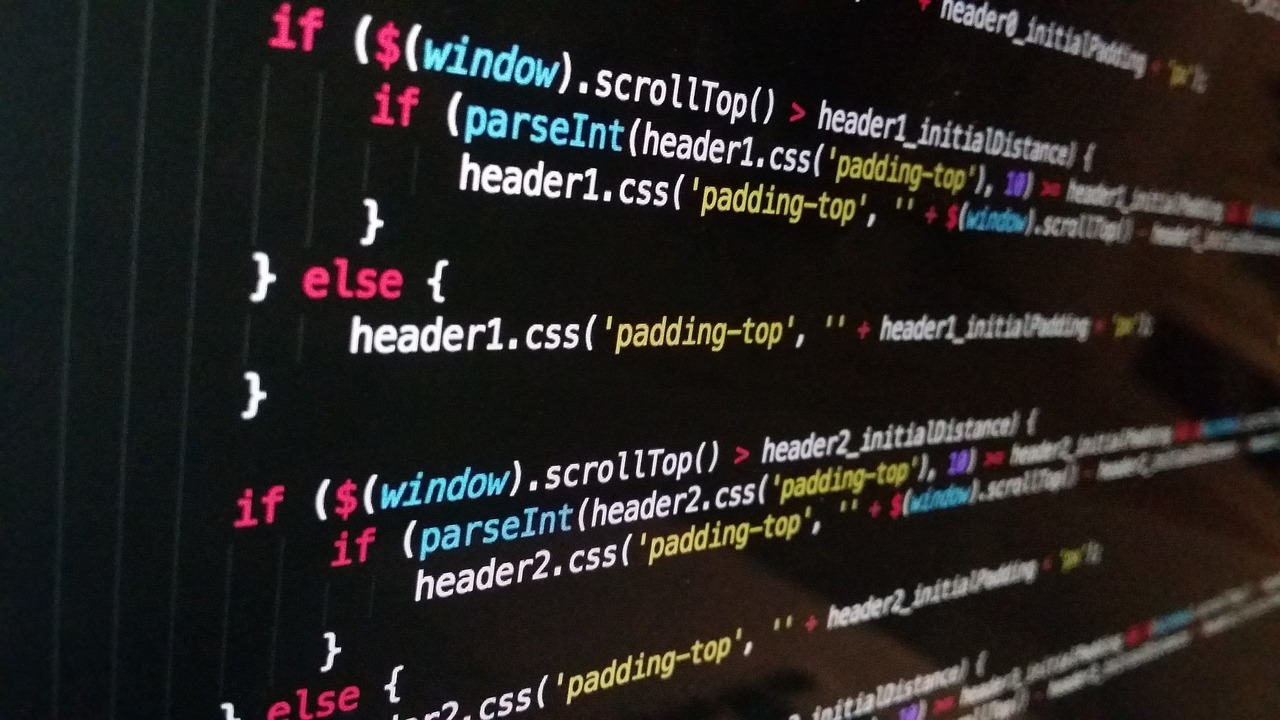Web design and development might seem complex, especially when you’re just starting out. However, it all boils down to three essential building blocks: HTML, CSS, and JavaScript. By understanding these three technologies, you’ll be well on your way to creating interactive, visually pleasing, and functional websites.
Understanding HTML
HTML, or HyperText Markup Language, is the foundation of any webpage. It provides the basic structure of the site, which is then enhanced and modified by other technologies like CSS and JavaScript.
HTML uses tags to denote different parts of a web page such as headings, paragraphs, links, and images. For instance, a basic HTML document might look something like this:
<!DOCTYPE html>
<html>
<head>
<title>My First Web Page</title>
</head>
<body>
<h1>Welcome to My First Web Page</h1>
<p>This is a simple paragraph.</p>
</body>
</html>In the example above, <h1> is a heading tag, <p> is a paragraph tag, and <title> sets the title of the webpage that appears on the browser tab.
Understanding CSS
CSS, or Cascading Style Sheets, is used to control the look and feel of a website. It takes the basic structure provided by HTML and adds colors, fonts, layouts, and more.
CSS works by selecting HTML elements and then applying various stylistic properties to them. A simple CSS rule might look like this:
h1 {
color: blue;
font-size: 30px;
}In this example, we’re selecting all <h1> elements and applying a blue color and a font size of 30 pixels.
Understanding JavaScript
JavaScript is what makes websites interactive. While HTML and CSS are responsible for the structure and style of a site, JavaScript provides interactivity.
JavaScript can manipulate HTML elements, change CSS styles, validate form data, and more. Here’s a very basic example of a JavaScript function:
function greetUser() {
alert("Hello, user!");
}In this example, the function greetUser will display a pop-up alert with the message “Hello, user!” when called.
How HTML, CSS, and JavaScript Work Together
HTML, CSS, and JavaScript are all essential parts of web design and development, and they all work together to create functional, beautiful websites. HTML provides the basic structure, CSS adds styling, and JavaScript adds interactivity.
Consider a simple website with a button that changes color when you click on it. HTML would be used to create the button, CSS would be used to style the button, and JavaScript would be used to change the button’s color when it’s clicked.
Resources for Further Learning
As you continue your journey into web design and development, there are many resources available to help you learn more about HTML, CSS, and JavaScript. Some excellent starting points include:
- Mozilla Developer Network (MDN) – Getting started with the web: Provides a practical introduction to web development for complete beginners, teaching HTML in detail.
- Codecademy – Learn HTML: An excellent course for beginners, offering an interactive approach to learning with great support, including a helpful community forum and expert guidance.
- CSS-Tricks – “HTML & CSS – The VERY Basics”: This video provides the very basics of what HTML and CSS is, perfect for the absolute beginner.
- FreeCodeCamp – Responsive Web Design Certification: A comprehensive 300-hour certification course that covers HTML, CSS, and responsive web design in detail.
- Learn HTML for Beginners: The Illustrated Guide to Coding: An in-depth reference book for the HTML programming language suitable for developers of all levels.
- Udemy – HTML, CSS, & JavaScript – Certification Course for Beginners: This introductory course delves into the essentials of HTML, CSS, and JavaScript, providing a solid foundation for aspiring web developers.
Understanding HTML, CSS, and JavaScript is crucial for anyone interested in web design or development. While it might seem daunting at first, remember that every expert was once a beginner. Start with the basics, practice regularly, and don’t be afraid to make mistakes. Happy learning!
